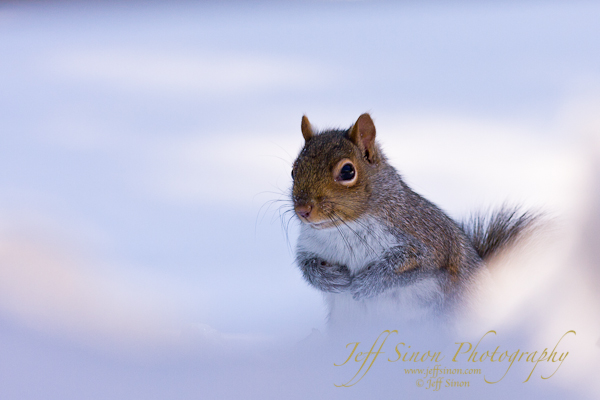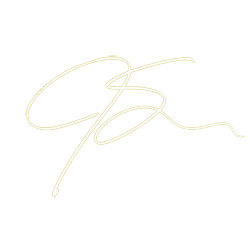
Every time I’m asked that question I want to scream! The first reply that comes to mind is, “does it blankity-blank matter?” Can’t very well come back with that one to a potential buyer though, can I? But really, does it matter, as long as the result is an artistically pleasing, dramatic, and believable photograph? I think not. I must say that I do my absolute best when making a photograph to “get it right in camera” as far as exposure and composition are concerned, but no matter how “right” it is, the image is rarely done straight out of the camera. The RAW file still needs to be developed in order for the true final image to be revealed.
More often than not I usually have a vision for what that final image will be before I press the shutter. But due to the technical limitations of the camera I can’t always capture what is in my mind’s eye no matter what filters I use on the lens, or what settings I use on the camera. So if I need to work a little magic in the digital darkroom to realize that vision, I make no secret of it. In fact, I bet I can count on one hand the number of photographs I have made that I felt were both good, and “done” straight out of the camera. I have two main goals when making a photograph. First, is to create an artistic, compelling image that catches the eye and stirs the emotions. Second, the image has to be believable. No alien looking skies, no squirrel heads transposed on a bird’s body, nothing that couldn’t possibly occur naturally. But if there is an errant branch or blade of grass causing a distraction in the composition, I’ll make it disappear in the click of a mouse and feel no remorse about it. The same goes for when I realize after the fact, that there is a piece of trash, or some other distraction, in the frame that I should have seen and picked up before pressing the shutter. Clone tool to the rescue. If I feel the colors in the sky during an otherwise spectacular sunset, or the brilliance of the fall foliage could benefit from a just a little extra pop in the final print, I’ll boost the saturation, or selectively adjust the color a bit without thinking twice about it. Another problem requiring photoshopping, is sometimes the dynamic range, from the darkest shadows to the brightest highlights is too much for the camera to be able to capture. In this case I may have to blend two exposures, one exposed for the highlights, and another exposed for the shadows to create an image that is a more accurate representation of what I’m actually seeing. Let me put it this way, I am hopefully, without sounding too full of myself, creating art, not photo-journalism.

The only exception to this are my wildlife images. Here I will try to portray the subject as naturally as possible, with little or no digital magic. As far as I’m concerned, a wild bird or animal captured in it’s natural environment doesn’t need any extra pop to make a compelling photograph. The same rules do apply as far as the unruly twig, branch or other unwanted bit of clutter. But the overall, post-processing is kept to the absolute minimum to keep the natural beauty all animals in the wild have, without needing any help from me.
While I can only hope to someday be mentioned in the same breath as someone the likes of Ansel Adams, even he manipulated his photographs. Sometimes extensively. If you were to compare the contact print of arguably his most famous photograph, Moonrise, Hernandez, New Mexico, 1941, to the final print, you can see even the landscape master had to “work it” in the darkroom to arrive at his final masterpiece. Am I comparing myself to Ansel Adams, hardly, but if his use of the image editing tools available at the time was good enough for him, and I think he would have made good use of Photoshop had it existed, my use of the image editing tools available to me in the digital age is just fine by me.
While writing this my answer to the question came to me. And that answer is simply, “Yes.”
“You don’t take a photograph, you make it.” Ansel Adams.


Yeah, that question is always a fun one. a couple times I’ve asked ‘what do you mean?’ back at the person and that pretty much stumps them into silence. I totally agree that using an image editor is a requirement these days to bring the picture in line with my imagination. I’m glad you’re subtle about it, too, though.
I’ve found that my initial edits tend to be a little over the top for some reason, not sure why. But that is why it takes so long to see anything from me after a meet-up. I’ve made the mistake of rushing to post, think Pondicherry NWR, now there was some interesting sky color. Won’t make that mistake again.
I have only a digital camera that I use (hoping for something with all the filters and gadgets someday!) So I rely on photo shop heavely! But as you said, I try and keep it to a minimum and try to keep the photo looking real and believable. Who wants to look at a photo that is totally exagerated and unbelievable!? Gamma, saturation and contrast are my friends 🙂 Great post!
I’ve found that in most cases you don’t have to do a lot to an image to make a huge difference in the whole feel of it.
If the picture comes out great, I use it that way. If it need more color, I play with it. I don’t have photoshop but you can bet all the pro’s on magazines photoshop everything.
Exactly the method I use. That being said, I’m not a photo journalist so almost anything goes towards achieving the final image I envision.
Hi again, Jeff, I find it hard to believe that you’ve had only three responses to this most excellent and thought-provoking post. I would like to invite you to have a look at a recent one of mine–here’s the link: http://krikitarts.wordpress.com/2012/03/02/a-fine-line-for-a-fine-print/ .
Welcome back Gary. I would have to attribute the lack of response to the lack of followers at the time. Since I started participating in the weekly photo challenge the number of followers has steadily increased. Must mean I’m doing something right 🙂
I accept you invitation and will be stopping by. I try to pay a visit to everyone who was kind enough to take the time to spend some time an leave a comment here.